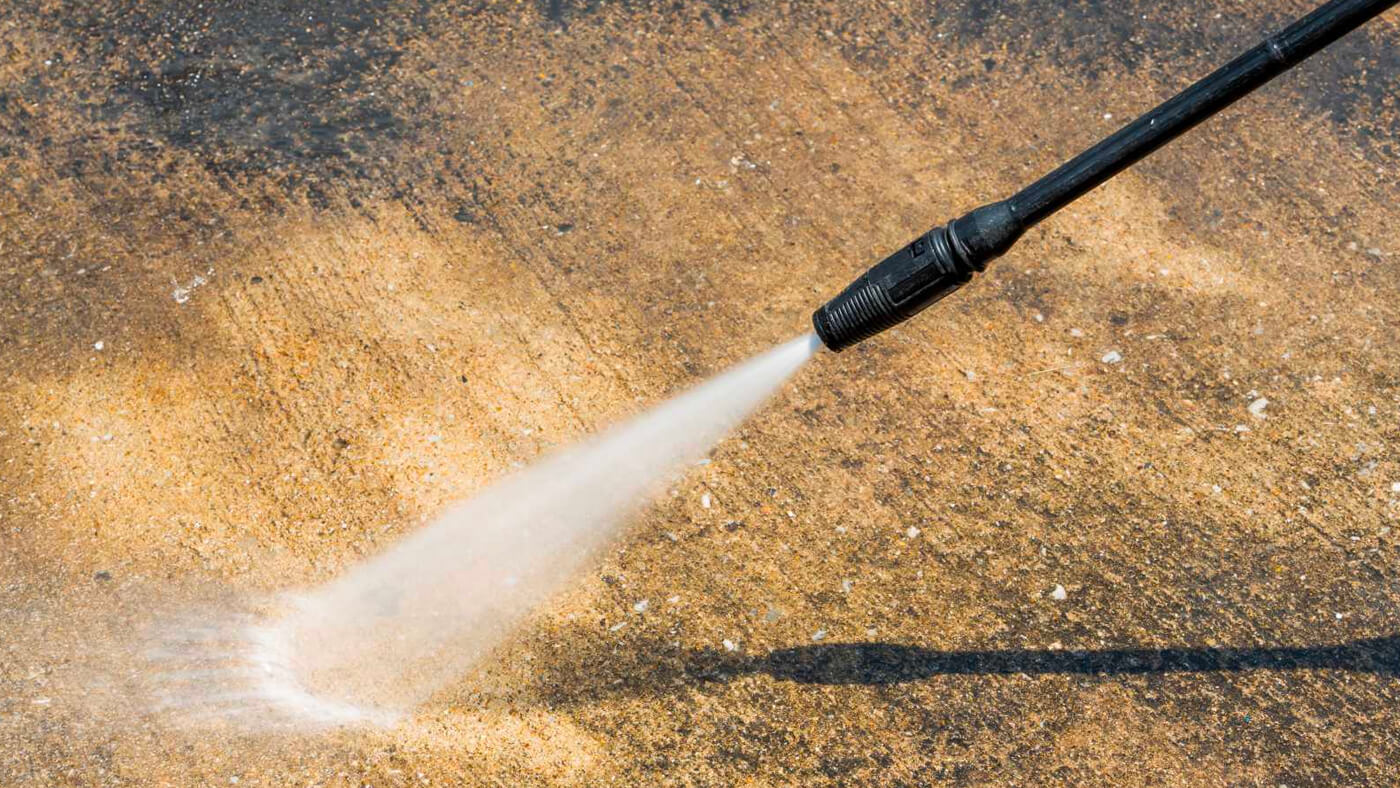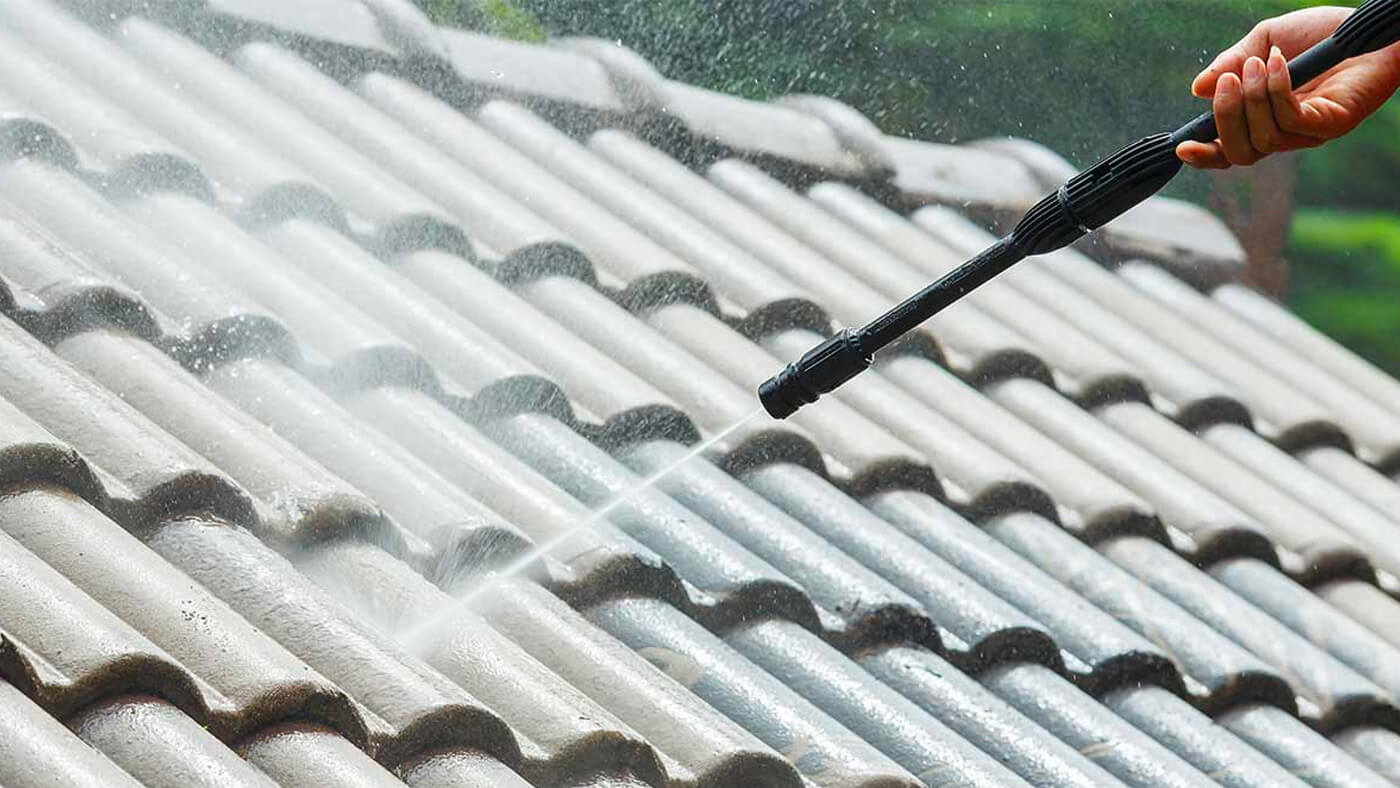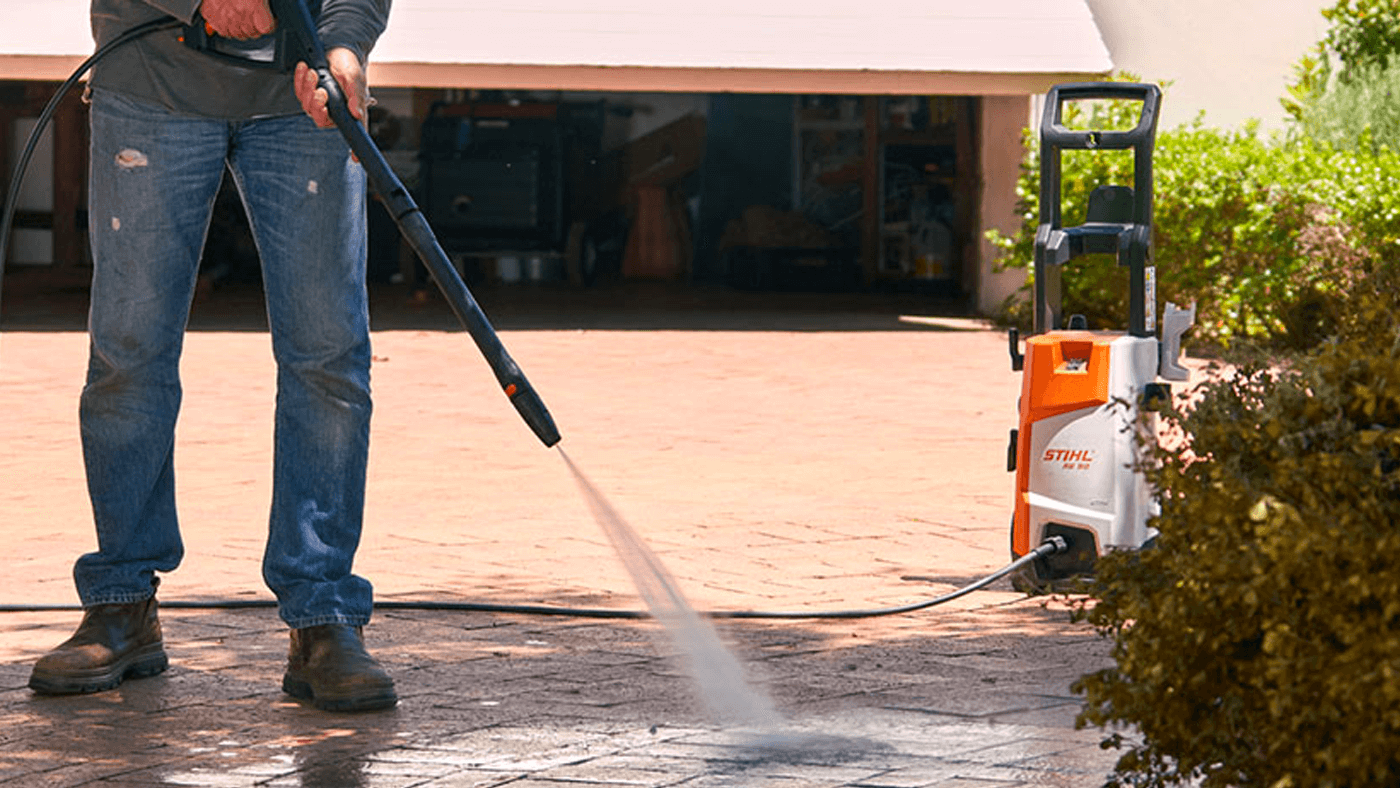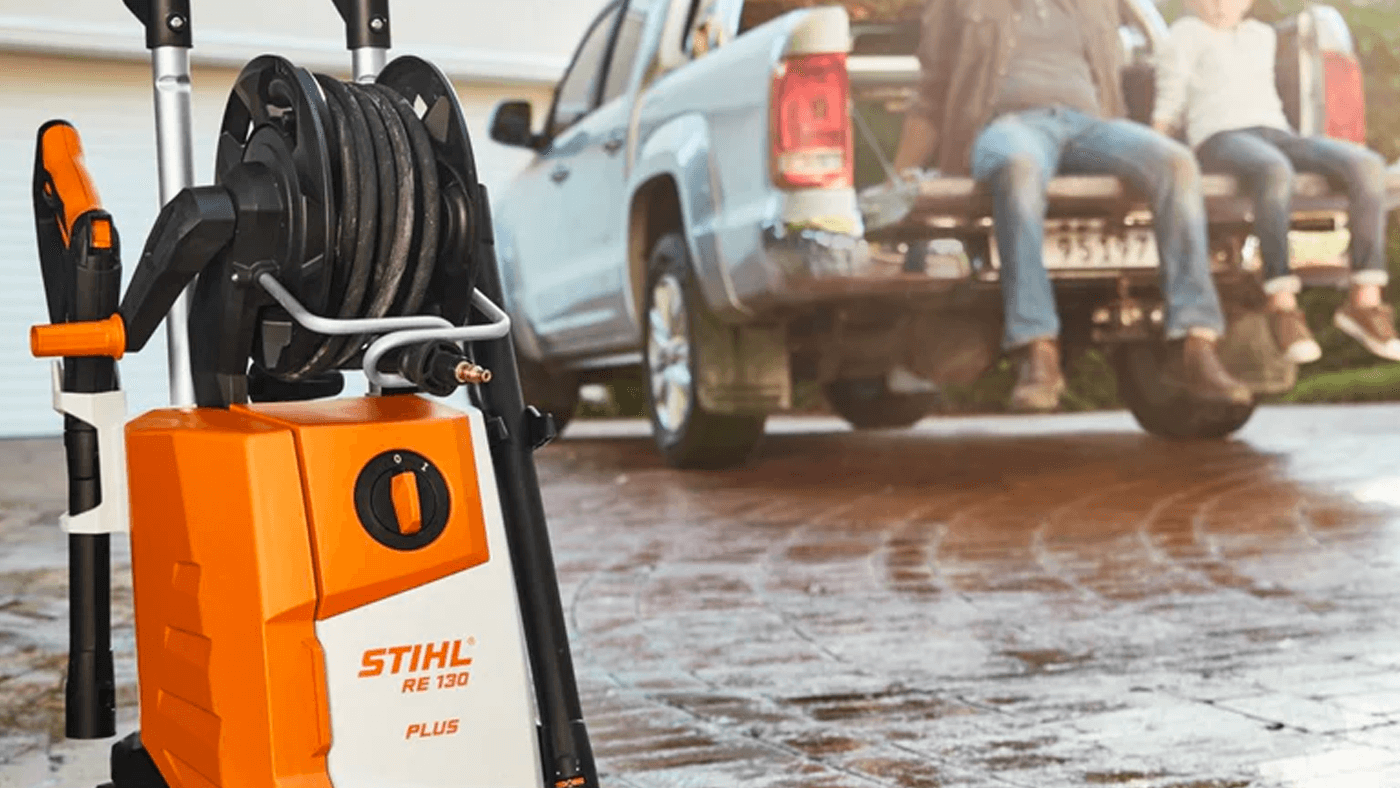Australia is a country with a very diverse climate. In some parts of the country, it is hot and dry most of the year, while in others it is cool and wet. This can create the perfect conditions for mould and mildew to form on outdoor surfaces such as concrete pavers.
Mould is a type of fungi that grows in moist environments, while mildew is a fungus that typically grows on surfaces that are exposed to moisture and humidity. Both mould and mildew can cause staining and discolouration of surfaces such as outdoor pavers, as well as damage to the structure of the surface itself. In order to remove mould and mildew, it is important to first identify the source of the moisture and know how to clean it.
Mould and mildew can be a nasty problem, and it's not just an indoor issue. If you have mould or mildew on any of your outdoor surfaces, it's important to use a concrete mould remover if the surface is concrete or pavers, or clean it off as soon as possible with equipment such as a pressure washer. Not only is the sight and smell unpleasant, but the mould can also damage the surface it's on. In this post, we'll take a look at how to clean mould and mildew off from outdoor surfaces. So read on, and get rid of them for good.
1. Identify Mould and Mildew
Mould and mildew are common types of fungi that can grow on a variety of surfaces. While they are similar in many ways, there are some key differences that can help you to identify them. Mould is usually fuzzy or slimy in appearance, and it comes in a wide range of colors, from black to green to white. Mildew, on the other hand, is usually powdery or flaky in appearance and is usually white or gray in color. Both mould and mildew can cause discolouration and staining, and they can also lead to surface deterioration over time.
2. Mix a solution of Bleach and Water in a Spray Bottle
Mould and mildew are common problems in both indoor and outdoor spaces. If left untreated, they can cause extensive damage to surfaces and may even lead to health problems. The most effective way to remove mould and mildew is to use a bleach solution. Bleach is a powerful disinfectant that will kill mould and mildew spores, preventing them from taking hold again. To make a bleach solution, simply mix 3 parts bleach with 1 part water. Once the solution is mixed, transfer it to a spray bottle and apply it liberally to the affected area and make sure to avoid any plants or flowers nearby. Allow the solution to sit for several minutes before using something like a Wolf Garten Floor Scrubber to scrub away any remaining mould or mildew. Remember to ventilate the area well while you are cleaning, as bleach fumes can be dangerous. With a little elbow grease and some bleach, you can easily remove mould and mildew from any surface.
3. Rinse off Any Remaining Residue with Clean Water
When cleaning up any spill or mess, it is important to remove all traces of the offending substance. This is especially true when using harsh chemicals, as even a small amount of residue can be harmful if ingested or come into contact with the skin. Once the area has been scrubbed clean, be sure to rinse away any remaining residue with clean water. This will help to ensure that the area is safe and free of harmful contaminants.
4. Repeat as Necessary
Repeat the steps if necessary, until the mould and mildew is gone. With persistence, you should be able to remove them completely.
Outdoor surfaces can easily become covered in mould and mildew. It’s important to take care of the problem as soon as possible, before it spreads and becomes harder to remove. The steps involved in cleaning mould and mildew are simple, but do require some effort. We hope you will find this information helpful the next time you face this common household issue. Be sure to call or visit any GYC store for any tools you may need to get the job done right.



































